Men’s gymnastics is a sport that exemplifies strength and dynamic ability. Many of the participants in men’s gymnastics experience the thrill of defying gravity, and performing skills that would seem impossible to the average individual.
Men’s Artistic Gymnastics is comprised of six exciting and demanding apparatus: Floor Exercise, Pommel Horse, Rings, Vault, Parallel Bars and Horizontal Bar.
Men’s artistic gymnastics is the best way to initiate strong physical basics for all other sport development. Those athletes that choose to continue on with gymnastics past the introductory stages will enjoy the fun and challenge of further developing their coordination and concentration. Most male gymnasts begin at an early age, but will continue on in the sport into their late 20’s at the international level.
The entire floor area must be used during the routine, which consists primarily of three to five tumbling passes performed in different directions. Acrobatic (tumbling) series must be performed including at least one forward and one backward. There must also be a balance element on one leg or one arm. Transitional skills which include gymnastic movements performed in between tumbling and acrobatic passes, should be executed with proper rhythm and harmony. The exercise must be at least 50-70 seconds.
The gymnast must cover all three areas of the horse while performing continuous circular movements interrupted only be the required scissors elements. The only part of the body which should touch the apparatus is the hands. The entire exercise should flow with a steady, controlled rhythm. Considered by many to be the most difficult of all men’s gymnastic events, the pommel horse is also the most subtle. Each move is defined by complex hand placements and body positions. Look for a long series of moves with the hands reaching behind the back. The hand placements should be quick, quiet and rhythmic.
The still rings routine must include at least two handstands, one of which is arrived through strength, the other through swing. At least one element of strength must be held for two seconds. The rings must remain still throughout the routine. Deductions will be taken for unnecessary swings and instability of all positions. The body should not sag or twist, and the arms should not waver or shake. During the swinging elements, watch for stretched body positions and straight handstands.
Each gymnast may vault once only. The vault should have both height and distance, as well as good form from the board to the landing. A controlled landing is also important. Watch for vaults that include saltos from the horse to the landing mat.
A parallel bars routine consists of swinging, flight and hold elements, but swinging and flight elements are the most common. Strength parts may be used, although they are not required. The gymnast is required to execute two swinging elements, one in support, and one from a hang. The gymnast is also required to perform a skill in which both hands release and regrasp the bars, commonly referred to as a release move.
The routine consists exclusively of swinging giants (full swings around the bar) without stops. The hand or body position, as well as direction can vary. The gymnast must do at least one release move, where he lets go and regrasps the bar. Look for high flying dismounts with multiple somersaults and twists.

